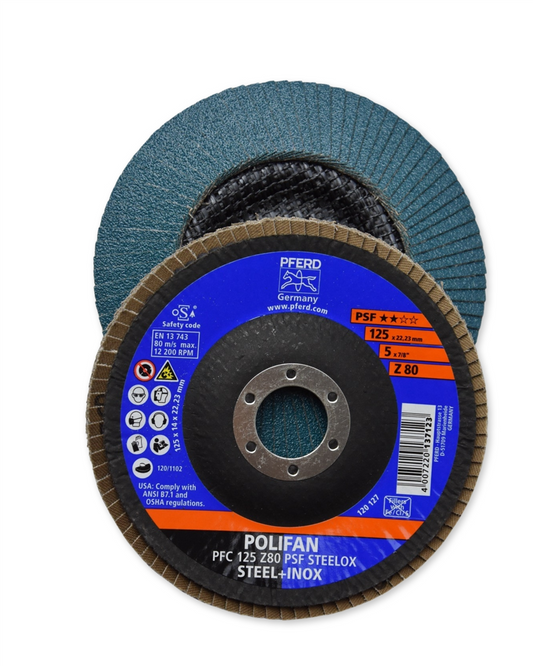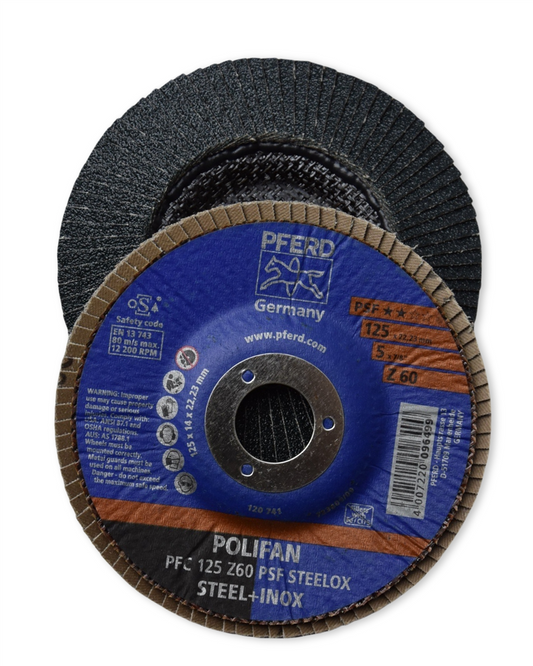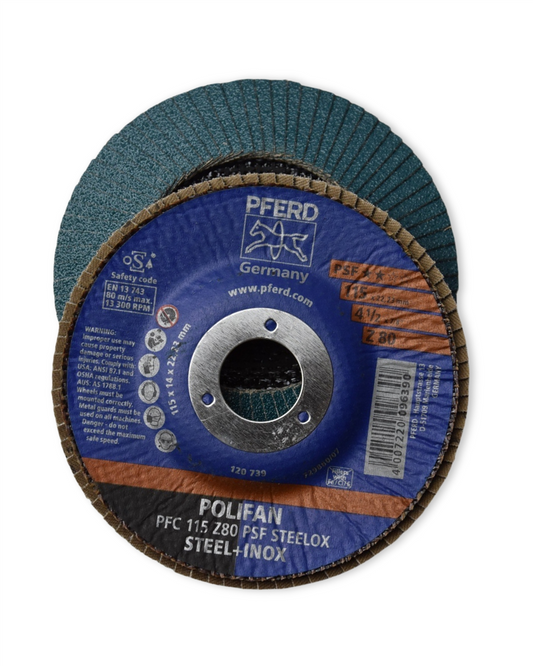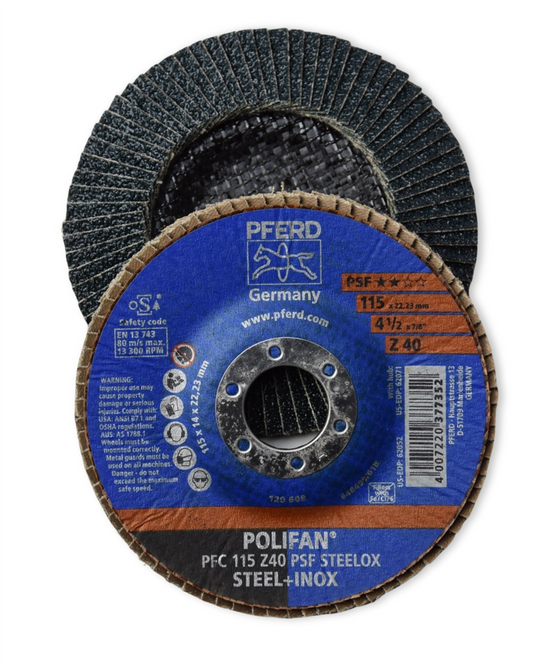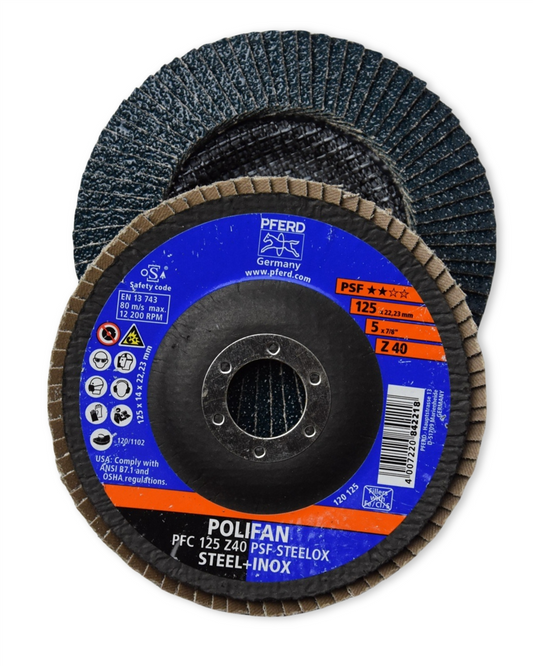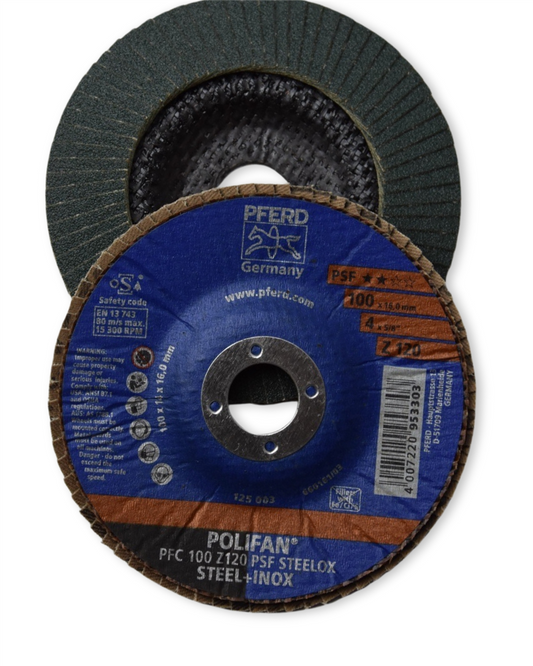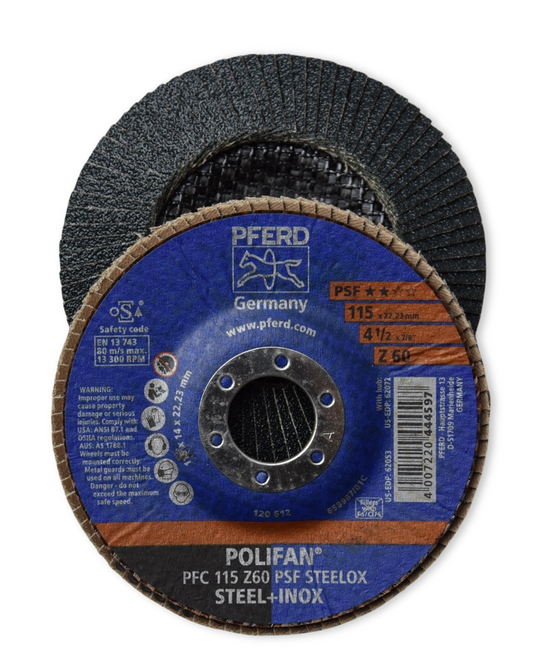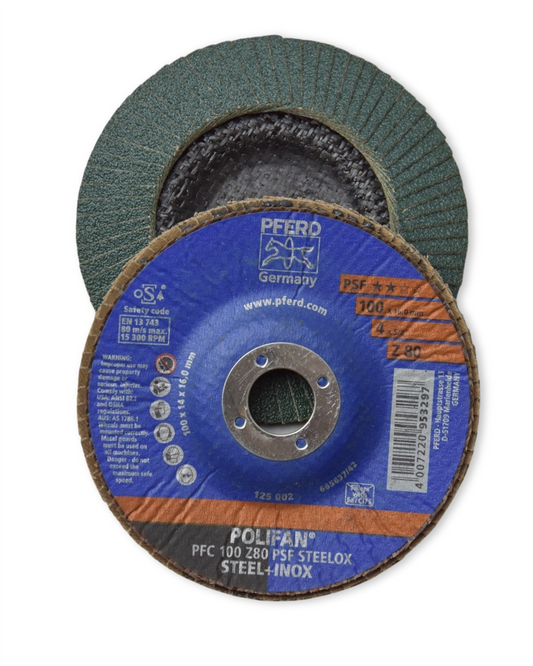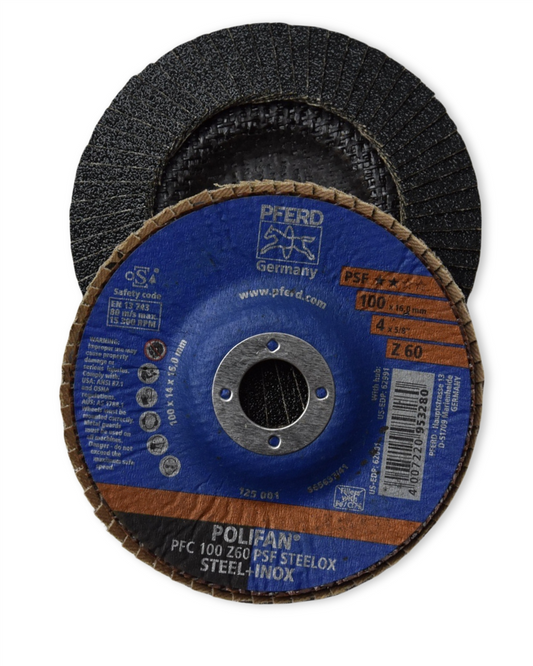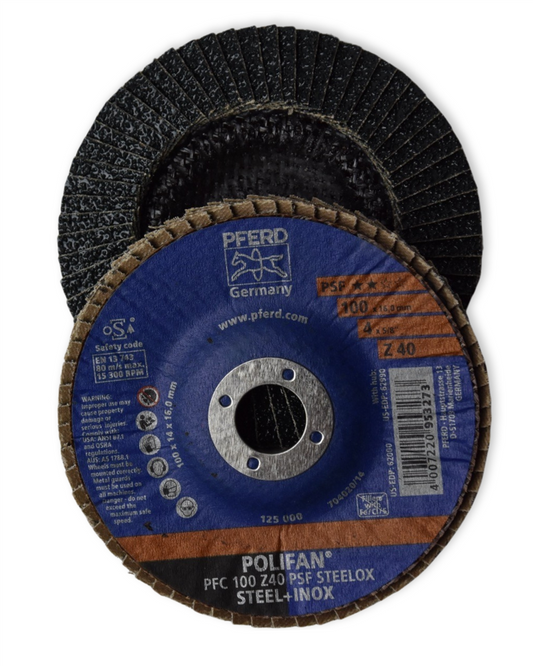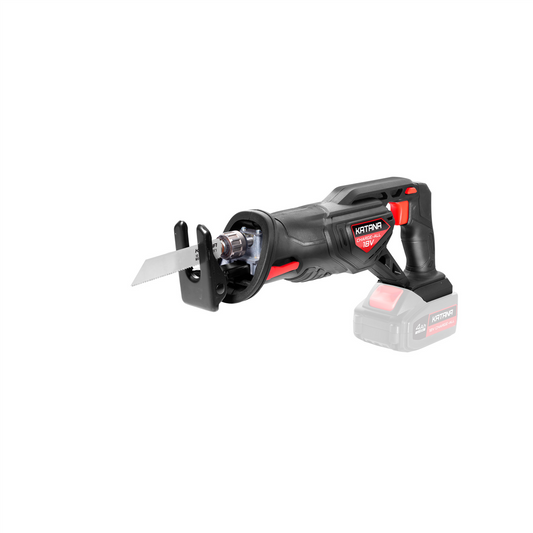Water-Based vs. Oil-Based Paints—Which One Is Right for You?
Share
Paint Like a Pro: Choosing Between Water-Based and Oil-Based Paint
Picking the right paint can feel like choosing between coffee and tea—both have their perks, but the wrong choice can leave you regretting it. Whether you’re freshening up your lounge room walls, revamping an old piece of furniture, or tackling the ultimate weekend DIY project, understanding the difference between water-based and oil-based paints can save you from a world of frustration. Let’s break it down.
Water-Based Paint: The All-Rounder
Also known as latex or acrylic paint, water-based paint is the go-to for most interior and exterior jobs. It’s fast-drying, easy to clean up, and doesn’t leave your house smelling like a chemical experiment gone wrong.
Pros of Water-Based Paint
- Dries Quickly: Perfect if you’re impatient (let’s be honest, who isn’t?) and want to get your room back in order.
- Easy Clean-Up: A little soap and water is all you need. No nasty turps required!
- Less Odour: No need to evacuate the house while you wait for that pungent smell to disappear.
- Resistant to Cracking: It expands and contracts with the weather, reducing the chance of peeling or cracking over time.
- Eco-Friendly: Lower levels of harmful chemicals, making it a better choice for both your family and the planet.
When to Use Water-Based Paint
If you’re painting indoor walls, ceilings, weatherboards, or furniture that won’t see a lot of wear and tear, this is your best bet. It’s also the top choice for humid areas, as it resists mould and mildew better than its oil-based counterpart.
Oil-Based Paint: The Tough Cookie
Oil-based paint has been around forever, and for good reason. It creates a durable, glossy finish that can withstand heavy use. If you’re painting surfaces that cop a beating—think doors, trims, or outdoor furniture—this might be the better option.
Pros of Oil-Based Paint
- Durable: Resistant to scratches, stains, and scuff marks, making it ideal for high-traffic areas.
- Rich, Glossy Finish: Gives woodwork and trim that crisp, professional look.
- Great for Metal and Wood: Sticks better to surfaces that might not bond well with water-based options.
When to Use Oil-Based Paint
If you’re painting skirting boards, doors, cabinetry, or outdoor furniture, oil-based paint is a great option. It also provides a strong barrier against moisture, making it ideal for surfaces exposed to weather.
The Downside to Each
Neither paint is perfect. Water-based paint can struggle to adhere to certain surfaces and may need more coats for full coverage. Oil-based paint, while durable, takes forever to dry and requires harsh chemicals for clean-up. Not to mention the lingering smell—your house could still reek of paint fumes days later.
So, Which One Should You Choose?
If you want quick-drying, easy-to-use paint with minimal clean-up, water-based is the way to go. If you’re after a tough, long-lasting finish that can handle daily knocks, oil-based is your friend. The trick is knowing your project and what kind of wear and tear it will face.
Get the Right Paint at Strathalbyn H Hardware
Still stuck on which paint to grab? Drop by Strathalbyn H Hardware and chat with our friendly team. We’ll help you find the perfect match for your project, whether you’re sprucing up the guestroom or tackling a full home makeover.
Happy painting!
Candeece

Stay Connected
Follow our Facebook Page: Strathalbyn H Hardware on Facebook

